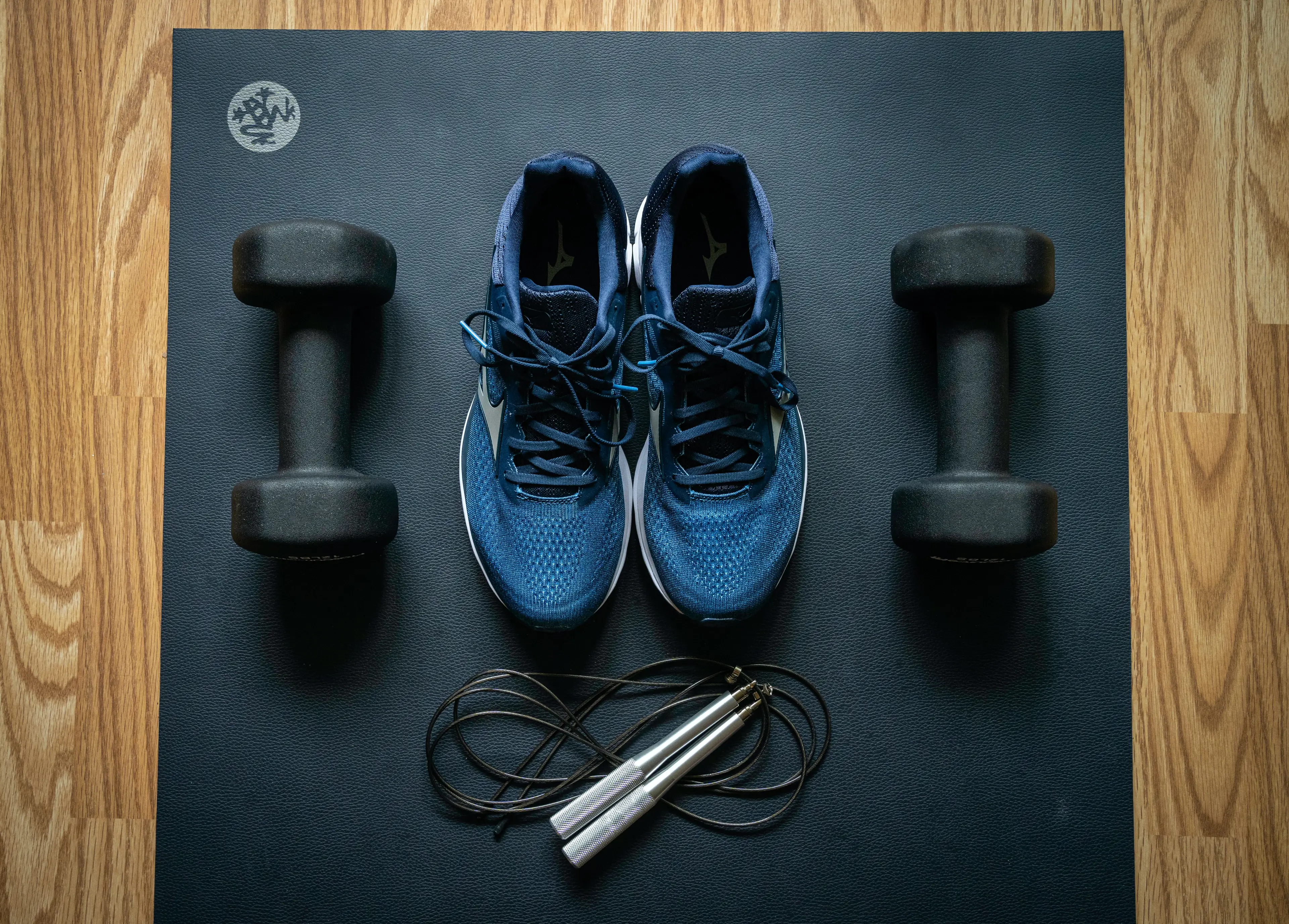
Caption here
Trends & Insights
1 Mar 2021
6 Min Read
The Digital Fitness Revolution: Key Trends & Sector Shifts for Future-First Fitness Brands
Digital fitness has been on the up and up for a while now, only expedited by the seemingly endless lockdowns we experienced throughout the pandemic’s peaks. From AI-enhanced everything to the sector’s ongoing gamification, get to know all the trends and sector shifts for the short, medium and long term.
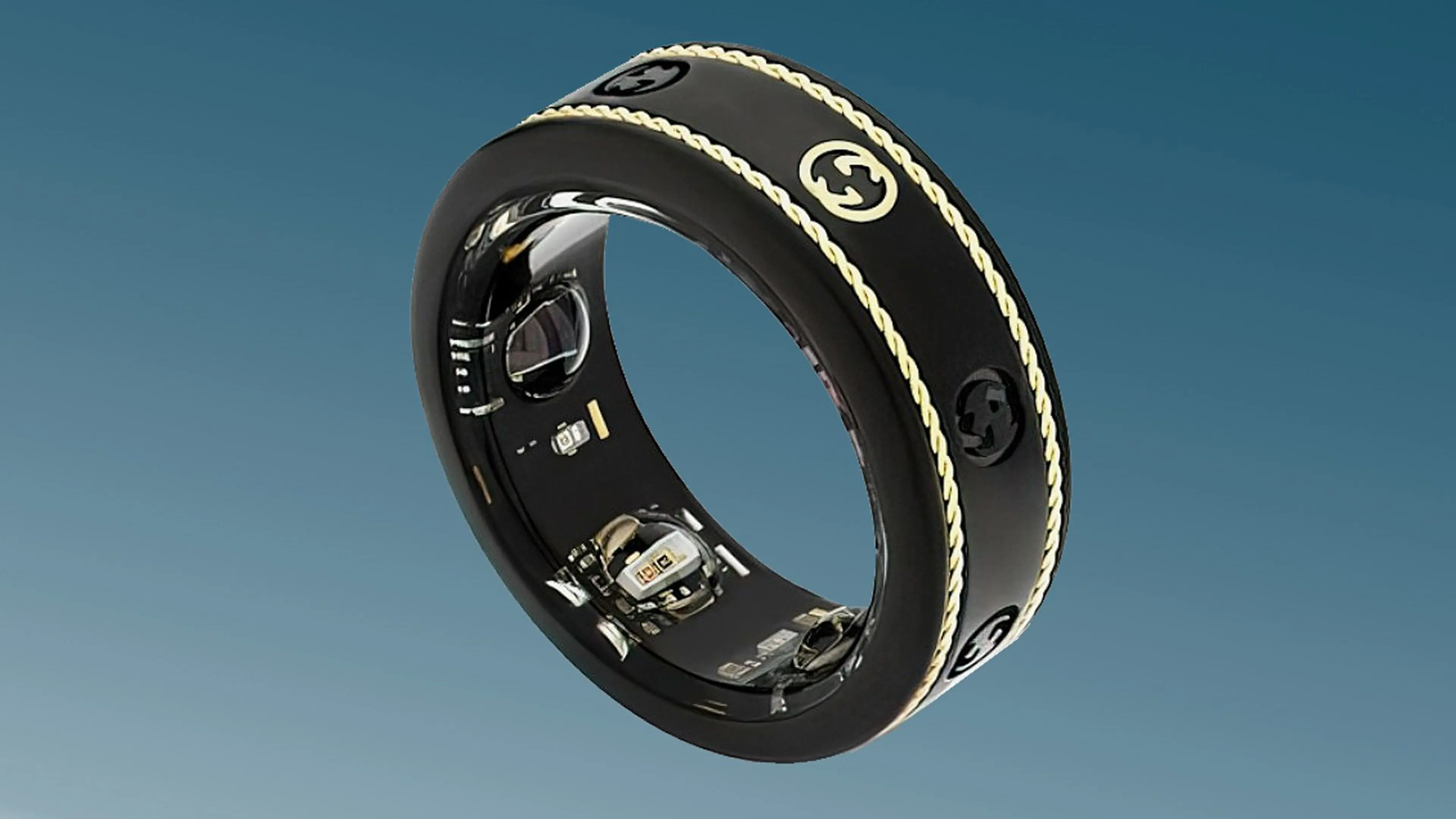


““The beauty of Capti is that it gets you fit by accident. Users can opt to ride through snow-capped mountains, or play fun coin capturing games. Capti makes fitness feel like play for the modern fitness household.””
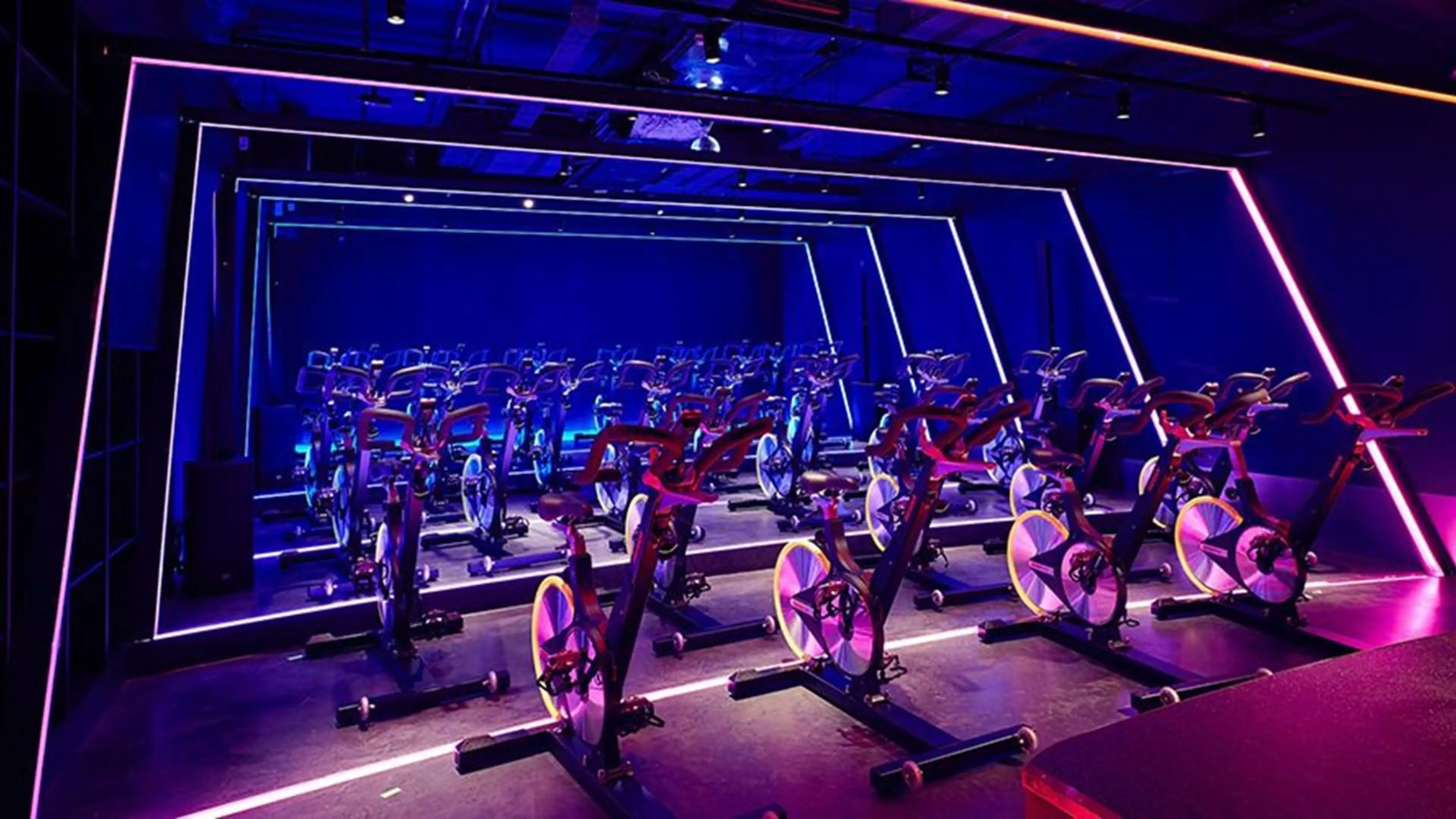

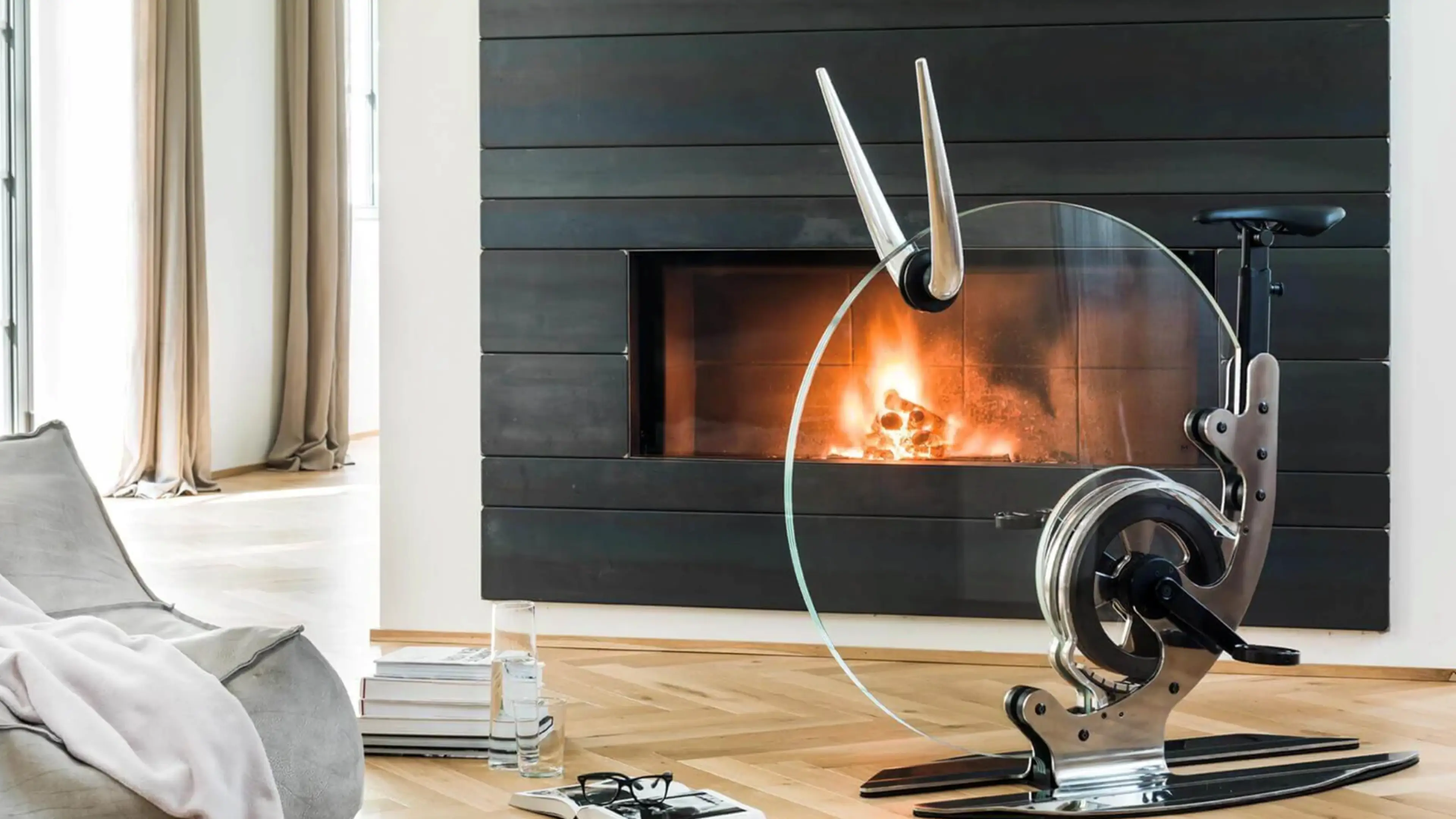
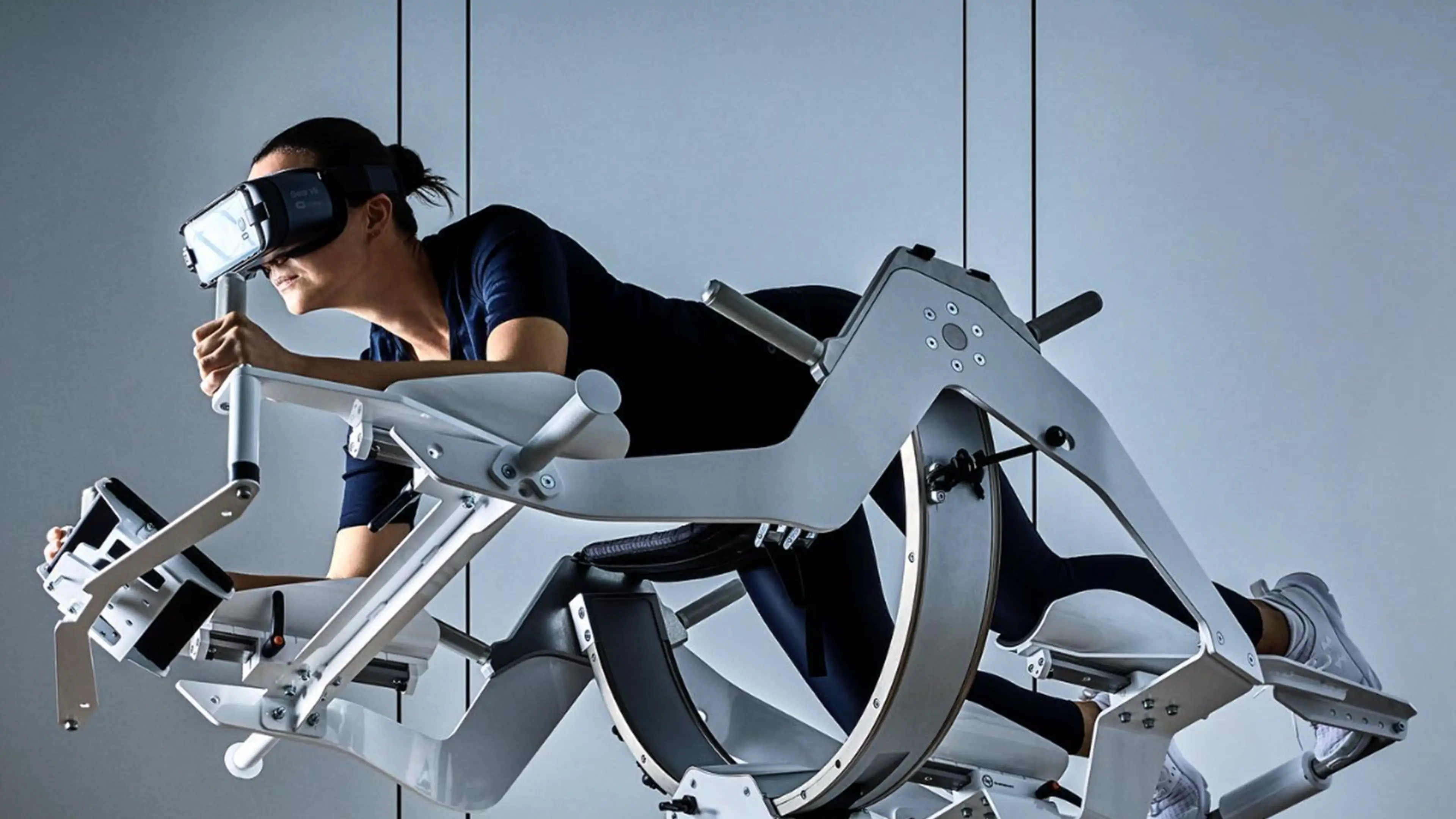


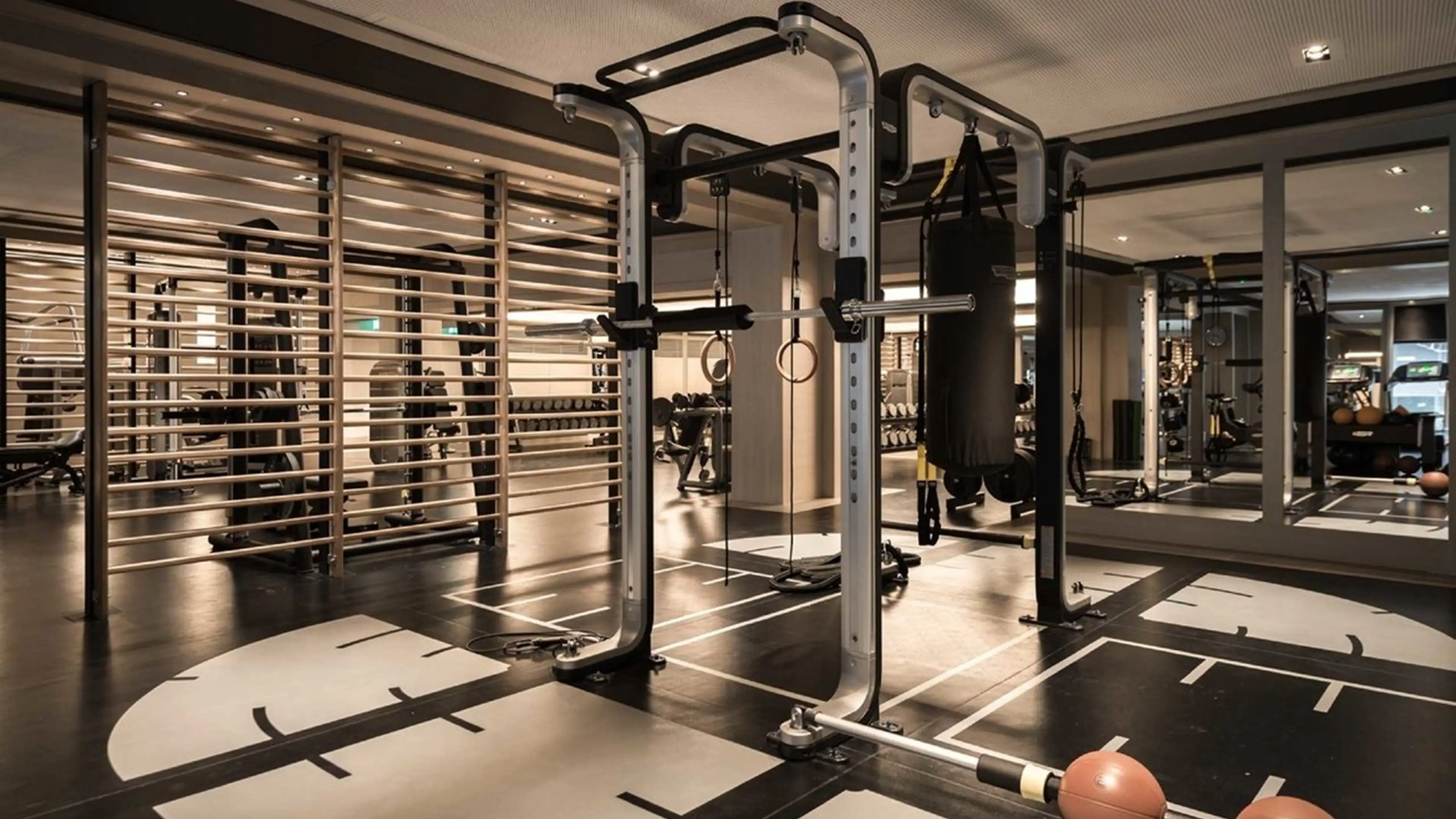
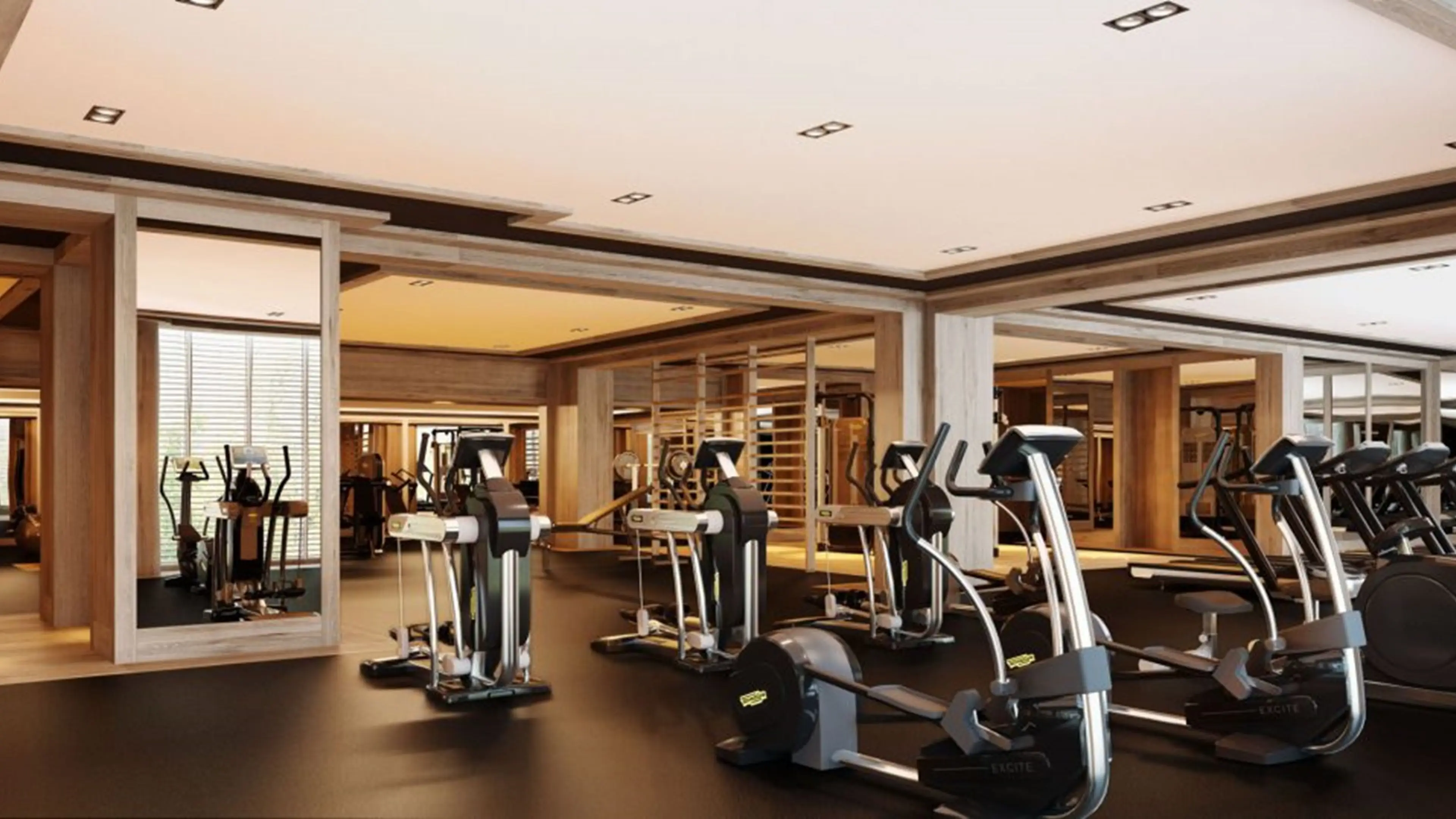
5 Key Considerations for Fitness Brands
01
Be As Powerful Digitally As You Are In Person. Ensure your brand positioning is distinctive and relevant, the sector is saturated and the only way to take up space is by cutting through the noise with differentiated branding and experience. If this is strong enough, your brand presence should be authentically imbued in every single touch point, whatever the medium.
02
Take Inspiration From Hospitality. No one does experience better than five star hotels. Carefully consider your end-to-end experience by mapping your CX and identify precise points to provide exceptional service and human interaction.
03
Channel Your Tribe We’ve all got a type, your brand included. Get to know them. Romance them a little bit. Not just their wellness preferences, but what media they consume, how they shape their days and who resonates with them. It’s vital info that will inform and inspire your comms and campaigns.
04
Innovate Without Gimmick The world of VR & AI is mindblowing. But focus on meaningful innovation rather than keeping up with fads. Where are the gaps in your CX that could be bettered through technology, internal processes or training initiatives? Conceive points of innovation that contribute to an overall balance of brand and conversion. If they lean into the hype? Great. If they don’t? Faithfulness to your brand spirit is always more important than the concept du jour.
05
Balance Functionality, Performance & Aesthetics In the fitness space, excellent design and engineering goes far. In every luxury space actually. Brands who convey these three pillars in their output are solid standouts to their target audience — the only group you need to focus on appealing to. Find a way to flex to the fluctuating parameters of functionality, performance and dominant aesthetics without snapping the structural beam that is your brand spirit.
Trends & Insights






